What is a recirculation bath
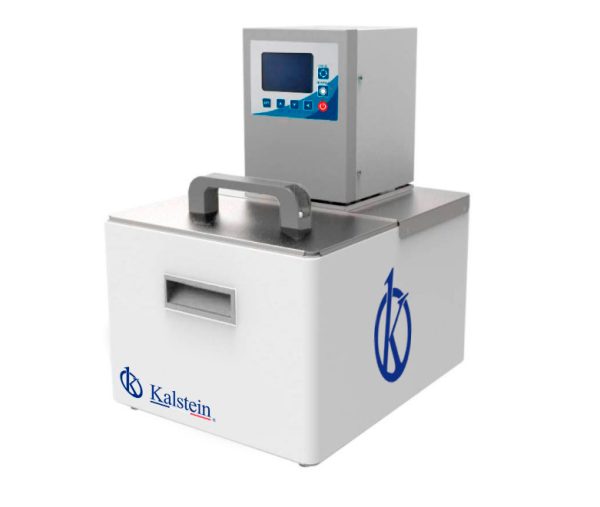
A recirculating bath is ideal laboratory equipment for any application that requires the placement of multiple samples in a water bath. They are useful equipment when a constant and reliable temperature is necessary, since they move the liquids while providing the set temperature. For example, in microbiological research, continuous shaking will allow cell cultures growing in the liquid to mix with air.
Recirculating bath with cooling: types and uses
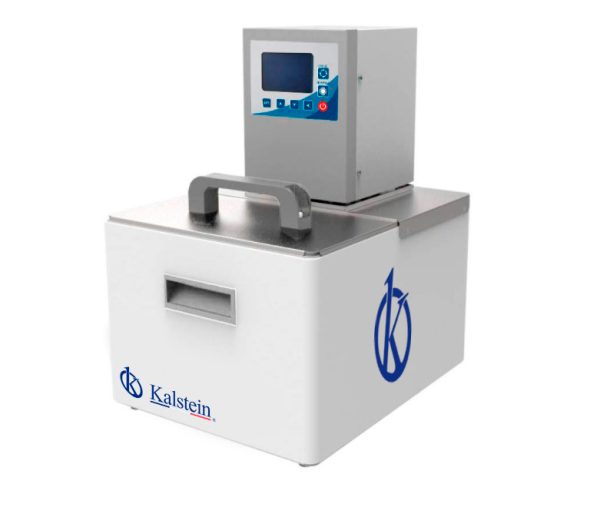
A recirculating cooling bath is a laboratory equipment used to cool samples and reagents in an efficient and reliable way through the use of constant recirculation, that is, this equipment performs refrigeration tasks in the laboratory in a safe and reproducible way.
What are the applications of refrigerated recirculating baths?

A recirculating refrigerated bath is a laboratory device used in any application that requires the placement of multiple samples in a water bath at low temperatures. They are useful equipment when a constant and reliable temperature is required, as they move liquids while providing the temperature preset by the operator.
Importance of Recirculation Baths in a Laboratory
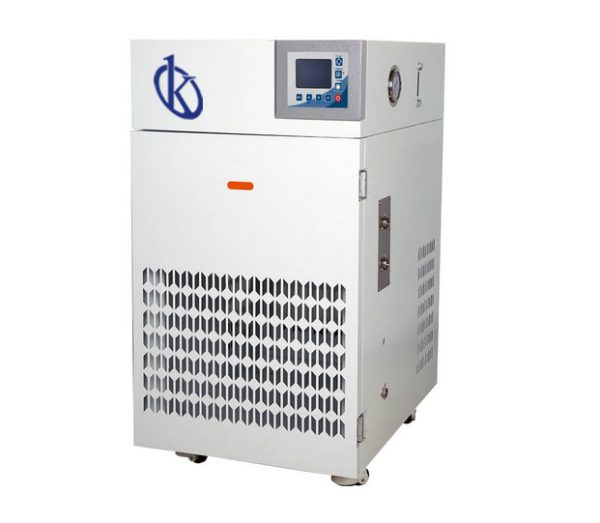
They are essential equipment in a laboratory, because they are used to contain water and with a fixed temperature that can be regulated; its importance lies in its use, since they allow to maintain a constant temperature while moving liquids; and according to the needs of the sample the recirculation baths can heat or cool the water; are the best solution for any application that requires placing multiple samples in a water bath, where it is necessary to ensure precise and effective temperature control directly from the samples submerged in the water, from the ambient temperature to 105 °C.
Features of Security Storage Cabinets?
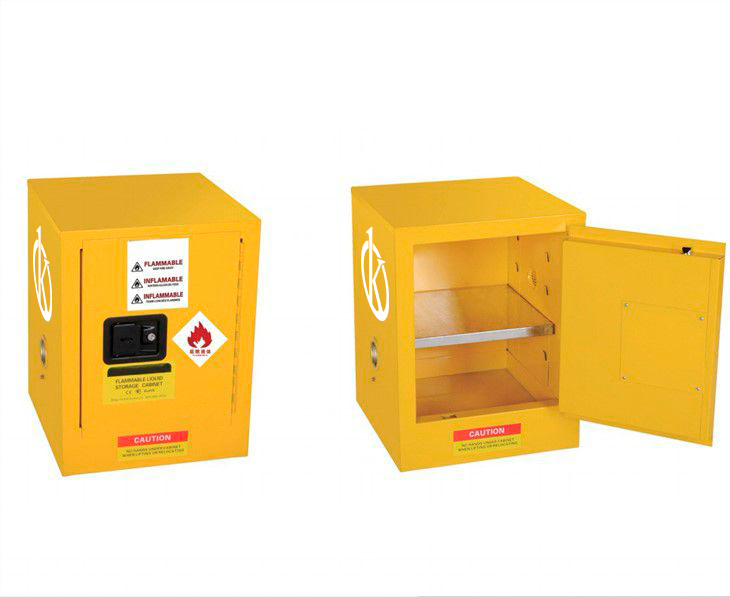
The safety storage cabinets are modules designed for the protection of contaminants, and in turn, protects the works against the contamination that these products transmit.
How is phototherapy done in babies?
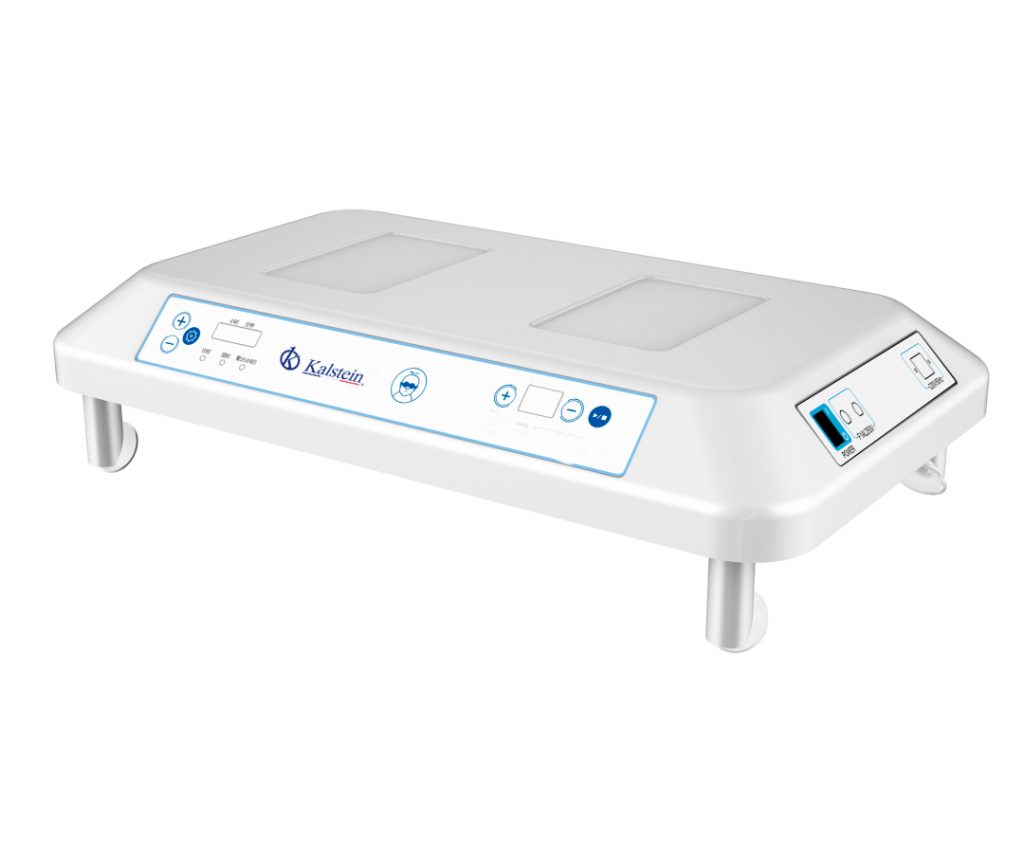
Phototherapy is a procedure that is applied to newborns who have jaundice, where their condition changes yellowish in the skin and eyes of babies, this is due to excess bilirubin in the blood. Usually, it leaves the body through bowel movements. This is because the baby’s system breaks down blood cells but does not remove bilirubin.
How should phototherapy be handled in neonates?
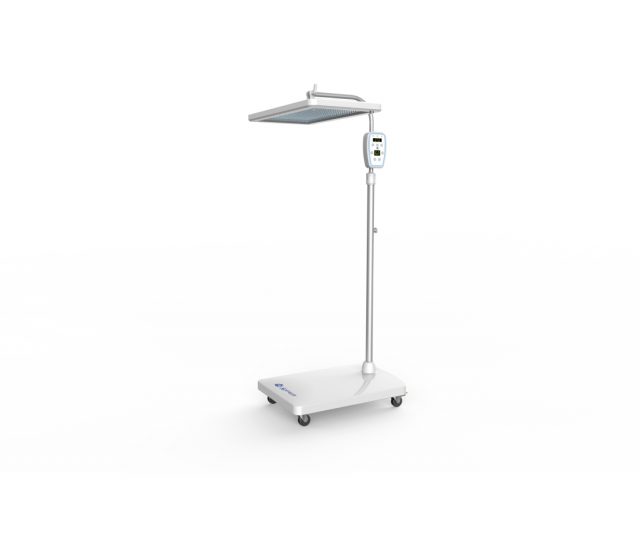
Phototherapy in the neonate is a therapeutic measure or technique based on the use of ultraviolet (UV) radiation to treat neonatal hyperbilirubinemia. The increase in serum bilirubin usually occurs due to an imbalance between the elimination and production of bilirubin, which causes it to accumulate in the mucous membranes and skin of the newborn causing a typical yellowish color; condition known as jaundice.
What are liquid nitrogen tanks and what are they used for in a laboratory?
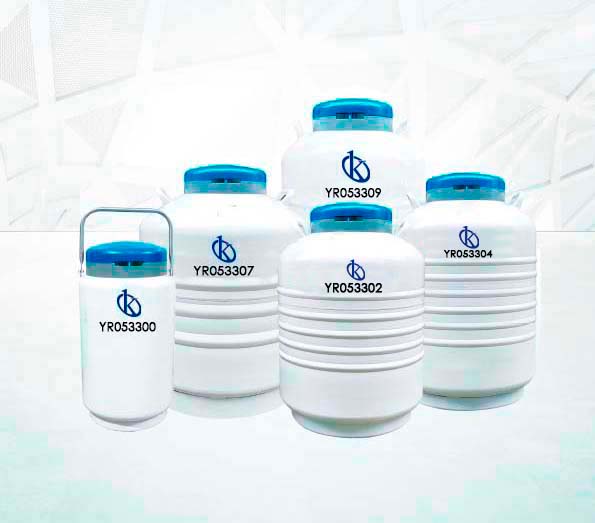
Liquid nitrogen tanks are units used for the conservation of laboratory samples at very low temperatures. Due to fast freezing, it prevents damage to structures and protects processes from moisture, oxidation and contamination.
Gas extraction hoods: what types of laboratories are used in?
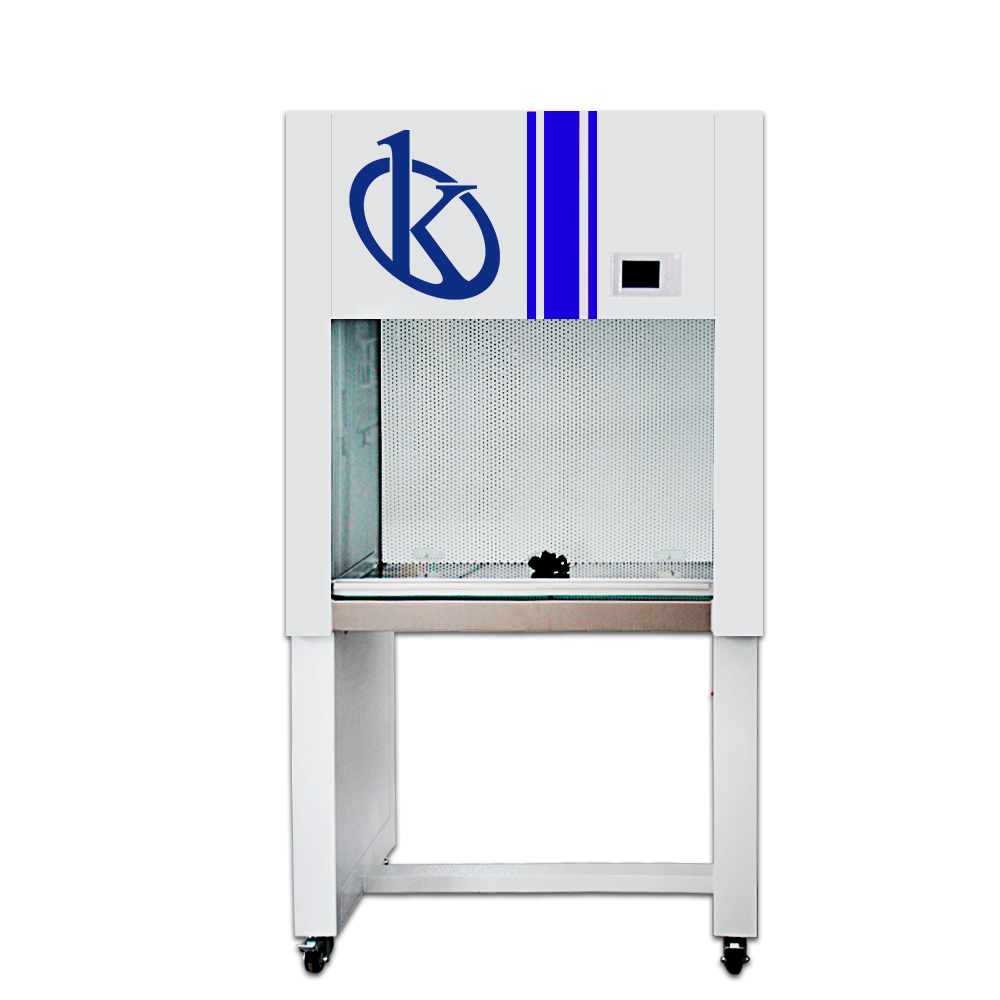
Gas extraction hoods are equipment designed for the protection of the user, against chemical exposures and dangerous agents, during the study processes. The protection is achieved by ventilation systems of the interior space, by an air flow caused through an adjustable working principle, avoiding in addition, the discharge of pollutants into the environment. This equipment addresses the need to control dangerous or irritant substances that are usually generated in the air, or released into the local ventilation device itself.
What is a lead electrocardiogram?
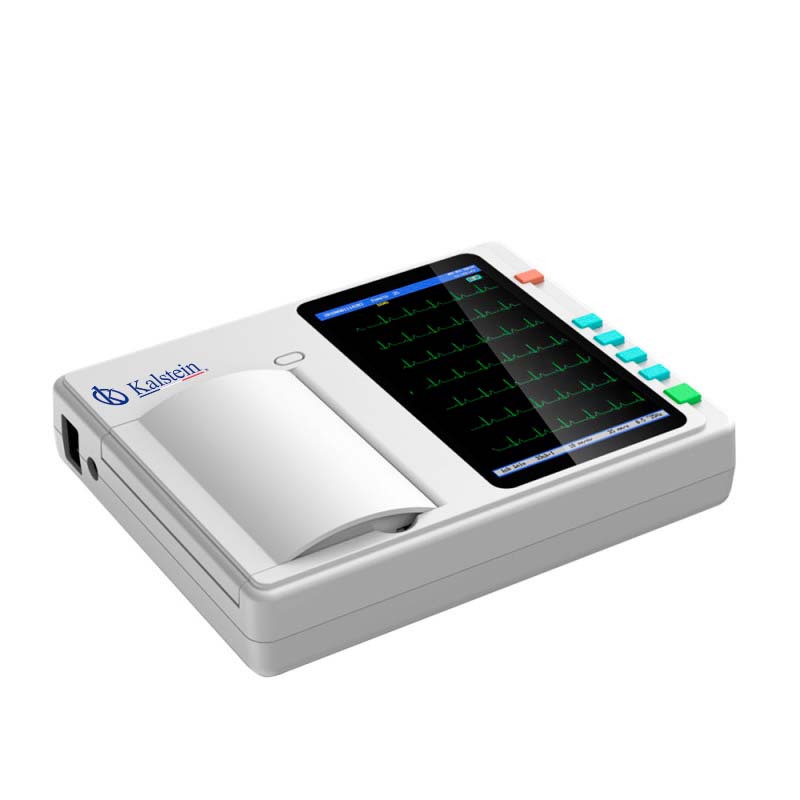
The electrocardiogram is a medical study that reflects the mechanisms and impulses of the heart, such as arrhythmias, blood insufficiency (infarcts), which are taken through electrodes connected to the patient’s body, and the same, are studied, through the electrocardiograph, and the signals that it emits.
